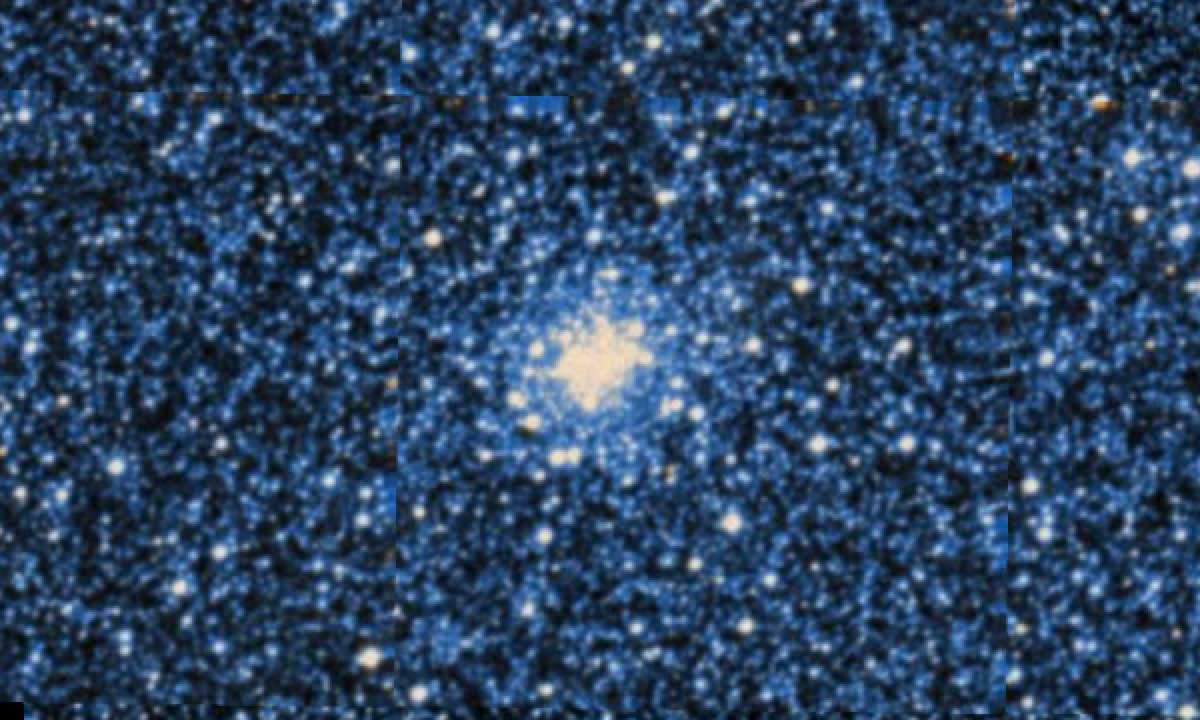The New General Catalogue of Nebulae and Clusters of Stars (abbreviated as NGC) is a catalogue of deep-sky objects compiled by John Louis Emil Dreyer in 1888. The NGC contains 7,840 objects, known as the NGC objects. It is one of the largest comprehensive catalogues, as it includes all types of deep space objects, including galaxies, star clusters, emission nebulae and absorption nebulae.
Know more about NGC
NGC 330

NGC 330 is an open cluster in the Small Magellanic Cloud. It is located in the constellation Tucana. It was discovered on 1 August 1826 by James Dunlop. It was described by Dreyer as "a globular cluster, very bright, small, a little extended, stars from 13th to 15th magnitude." At an aperture of 31.0 arcseconds, the apparent V-band magnitude is 9.60, but at this wavelength, it also has 0.36 magnitudes of interstellar extinction. NGC 330 is quite young, at about 40 million years old, and has a large proportion of Be stars. Its estimated mass is 5.4×104 M☉, and its total luminosity is 8.93×105 L☉, leading to a mass-to-luminosity ratio of 0.06 M☉/L☉. All else equal, older star clusters have higher mass-to-luminosity ratios; that is, they have lower luminosities for the same mass. About 34% of the massive star population in NGC 330 is estimated to be in a close binary star system; this is lower than clusters in the Large Magellanic Cloud and the Milky Way, but it is unknown if this is because NGC 330 is metal-poor or is older than the compared clusters.
More Images:

Sources:
Wikipedia Page: NGC 330
NGC 330 at In-The-Sky website
